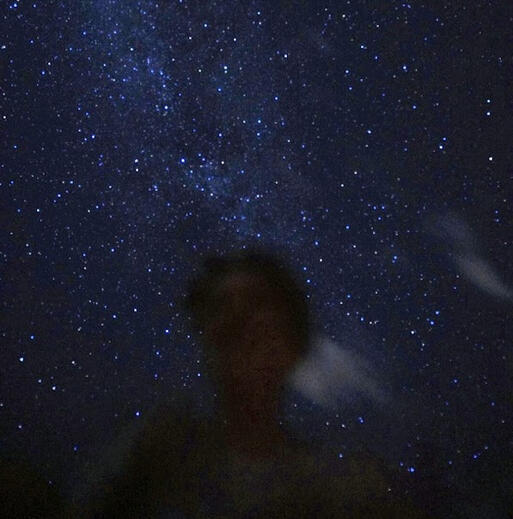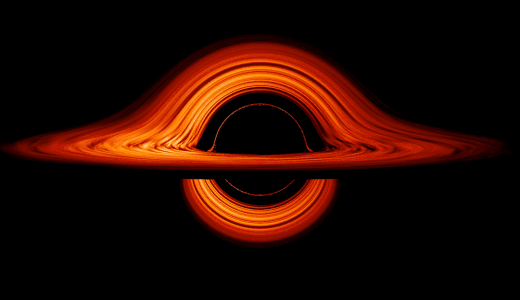
Storm Colloms
Welcome! take a seat! I'm Storm, an astrophysicist in love with stars and how they twinkle, how things fall into each-other, and how spacetime bends.
I am also fond of cats, shooting off to other sides of the world to learn and see and wander, and whatever creative pursuit is currently capturing my interests.
Currently investigating how I can explore more astrophysics research, and I'd love to do a PhD in gravitational wave astrophysics/dynamical systems/other cool things I don't know about yet!
In between that, i'm just figuring out how to be a person, how to collaborate, create, inspire, and tell stories! Keen on helping nice people stay in physics, always interested in EDI (equality, diversity and inclusion) efforts, and finding people who I can make academia a better place with.

Research
Master's Project (University of Edinburgh)
Currently I am working on statistically analysing quasar variability, and modelling this variability as shot noise. I will then compare these models to data from observations of thousands of objects, in attempt to understand the physical processes behind variability in super-massive black hole accretion disks.
LIGO SURF 2021 (Caltech)
I worked on improving the search methods for finding gravitationally lensed gravitational waves, where the curvature of spacetime can create multiple images of gravitational waves from the most energetic events in the universe. The lensing can hide some of these signals behind the noisy data, and no credible lensed events have been found yet! I imposed a condition to constrain the search to the sky location of a super-threshold event, as the images will come from approximately the same place in the sky. My work still needs some testing, but once that gets done and implemented this could mean a lot for finding sub-threshold GW signals!
Other (University of Edinburgh, University of Tokyo)
I have also looked at exoplanet transits and identifying planetary mass objects using photometric analysis and other methods, and dynamical formation of planetary systems with tides using N-body code motivated by the anomoly of all the observed hot jupiters!
